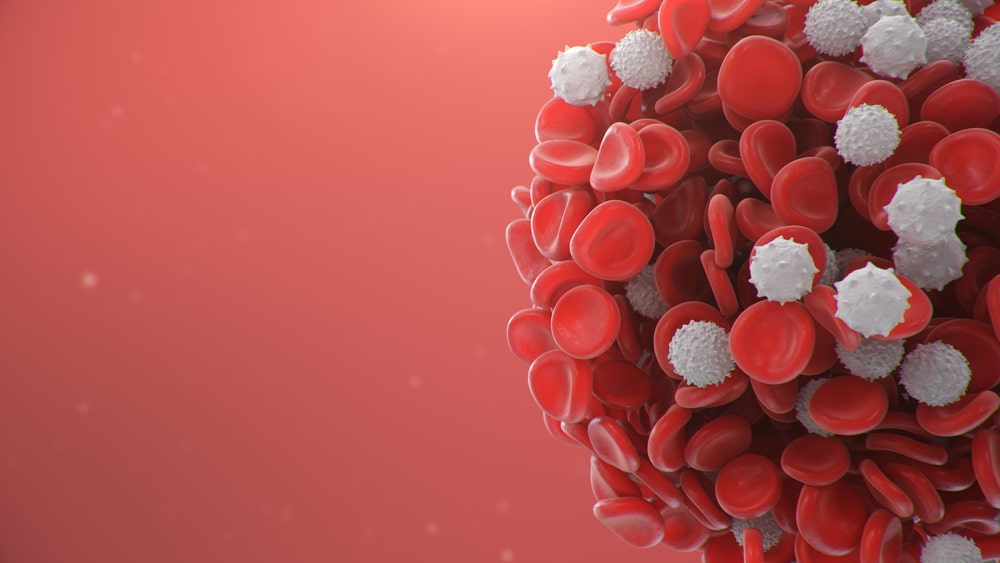Aim: To determine the White Blood Corpuscles (WBC) count of own blood.
Requirements: Neubauer’s chamber, WBC pipette, coverslip, compound microscope, sterile disposable needle (26G), cotton swab, 70% alcohol or any other suitable marketed antiseptic, WBC diluting fluid also called ‘Turk’s fluid’.
Theory: WBCs also called leucocytes, constitute the major defense system of the body against invading microorganisms, and foreign bodies and build the immune system. The numbers are in the normal range in a healthy person, but it increases during microbial infections, leukemia, and a decrease in immuno-compromised conditions like AIDS.
Composition of WBC diluting fluid:
| Sr. No. | Name of ingredient | Quantity | Role |
| 1. | Glacial acetic acid | 1.5 ml | Causes hemolysis |
| 2. | Gentian violet (1%) | 1.5 ml | Stains WBCs |
| 3. | Distilled water | up to 100 ml | Vehicle |
When the blood is diluted with WBC diluting fluid, the glacial acetic acid present in the diluting fluid causes hemolysis (rupture) of RBCs without affecting the WBCs. The gentian violet stains the nuclei of WBCs which are then counted in a counting chamber. The number of WBCs in undiluted blood is calculated by knowing the dilution factor and reported as WBCs /mm3.
Procedure:
- Place the counting chamber on the microscope stage, adjust the illumination and focus the right upper group of 16 squares for WBC counting under a low magnification (10 X) objective.
- Get a finger prick under aseptic conditions, discard the first two drops of blood and fill the pipette with blood up to the mark of 0.5 without any air gap.
- Immediately suck WBC diluting fluid up to mark 11 and then mix the contents gently rolling the bulb between the palms for 3-4 minutes.
- Discard the first two drops from the pipette and fill the chamber with two drops of diluted blood.
- Allow the cells to settle down for 3-4 minutes and identify the WBCs.
- The WBCs appear as round, shiny, dark dots, with a ‘halo’ or ‘aura’ around them. These dots represent the nuclei, which have been stained by gentian violet without staining the cytoplasm.
- WBCs are counted in four corner squares with 16 medium-sized squares each; i.e. in total 64 medium-sized squares.
Rules for Counting:
- Cells lying within a square are to be counted with that square.
- Cells lying on or touching the lower horizontal line and left vertical line are to be counted in that square (‘LL’ rule of counting; L-lower, L- left) to avoid counting errors.
- First, count the cells in the upper four horizontal smallest squares from left to right and come down to the next row. Then count from right to left, come down to the next row, and so-on.
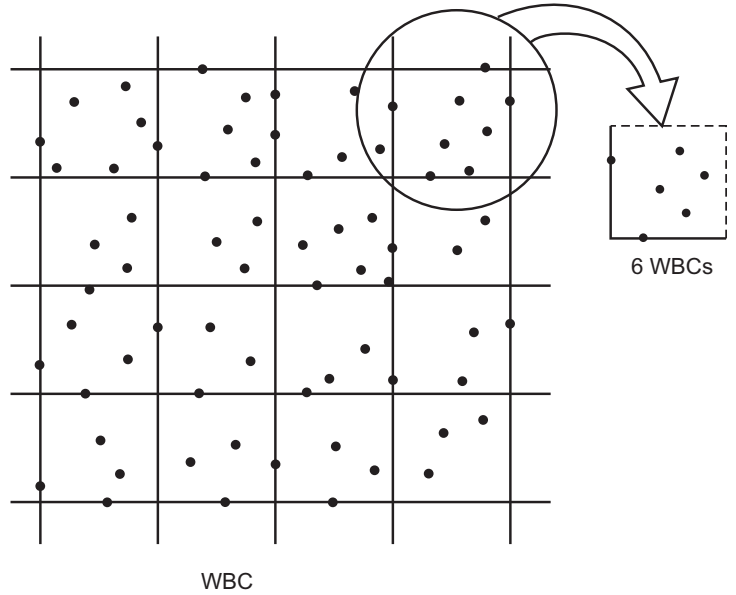
Note: The average WBC count and its range in undiluted blood of a normal individual is 7000/mm3 (4000-11000/mm3).
Observation Table:
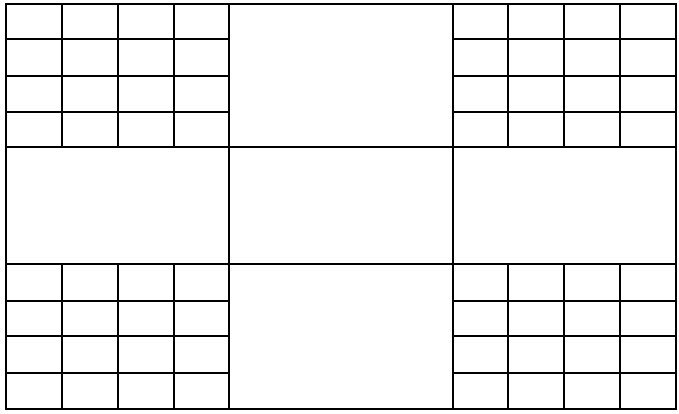
Calculations:
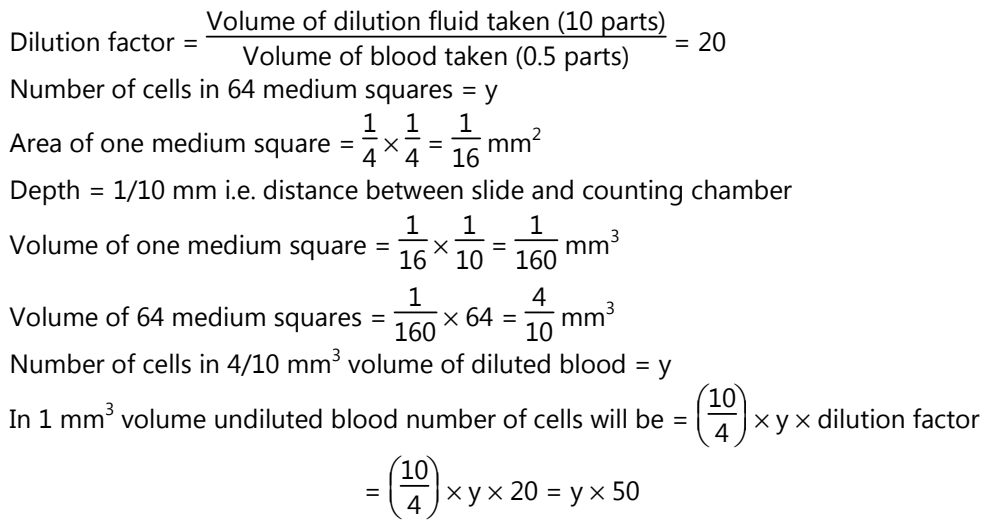
Result: The WBC count of own blood was found to be …… /mm3.
Clinical Significance:
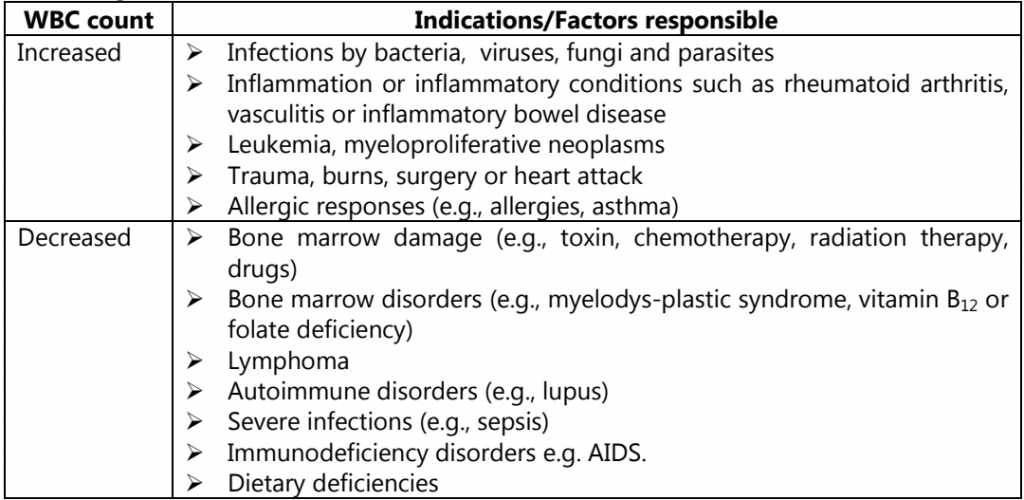
Make sure you also check our other amazing Article on : Determination of Blood Group
